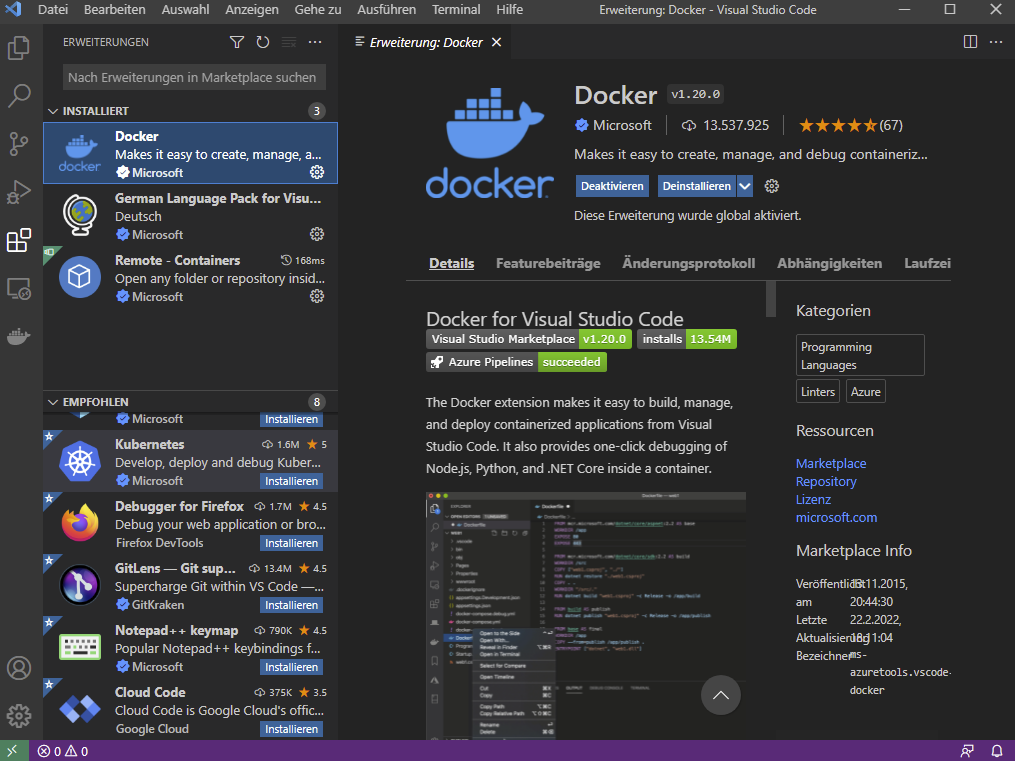TEI Lex-0 is both a technical specification and a set of community-based recommendations for encoding machine-readable dictionaries. It is rooted in the Guidelines of the Text Encoding Initiative (TEI) and delivered as a customization of the TEI schema.
Following the spirit of TEI Analytics, developed in the context of the MONK project (Zillig 2009), TEI Lex-0 aims at establishing a baseline encoding and a target format to facilitate the interoperability of heterogeneously encoded lexical resources. This is important both in the context of building lexical infrastructures as such (Ermolaev and Tasovac 2012) and in the context of developing generic TEI-aware tools such as dictionary viewers and profilers.
https://dariah-eric.github.io/lexicalresources/pages/TEILex0/TEILex0.html
Einen online workshop unter dem Titel „Stay home and Learn TEI Publisher From Scratch“ bietet Wolfgang Meier an. Die Materialien finden sich unter https://github.com/eeditiones/workshop .
Die Slides der ersten Sitzungen sind hier verfügbar:
Videos der ersten Sitzung:
Videos der zweiten Sitzung
Videos der dritten Sitzung
https://pypi.org/project/tei2neo/
This is a parser written in Python 3 that takes TEI-XML Documents as an inpput and writes them in a Neo4j Graph Database.
It makes use of the following existing libraries:
- Beautiful Soup 4 An easy-to-use XML parser
- Spacy. Currently we use the german language package
de_core_news_sm to parse the text.
- Py2neo v4 whih is a library to work with the Neo4j database.
https://github.com/jhellingman/tei2html
tei2html
A collection of XSLT 3.0 style sheets to transform a document encoded in according to the TEILite DTD to HTML. They have been specifically developed to create a monolithic (single) HTML document for posting on Project Gutenberg, but are also capable of generating ePub files from the same source with a similar look and feel. In line with the type of material Project Gutenberg deals with, these style sheets are designed to deal with encoded pre-existing works, rather than works created digitally from scratch.
The transformation supports the following elements as present in TEI:
- Plain Text and text styles
- Title Pages
- Tables
- Lists
- Tables of contents
- Poetry and Plays
- Footnotes
- Illustrations
- Cover images
Furthermore, the script can generate
- Tables of Contents.
- Lists of Corrections.
- Colophons
- Metadata as used in ePub
Tei2Html includes localisation support for English, Dutch, and to a lesser extend German, French, Spanish, Tagalog and Cebuano.
Note, that these scripts partly depend on the use of rend attributes and other TEI conventions. It should not be expected that an arbitrary TEI file renders well with those scripts (although it should render reasonable in any case.)
If you need modifications, extensions of these scripts, or need to have other TEI/XML/XSLT related work done, please be in touch with me on how I can help.
The Visual Media Workshop, University of Pittsburgh:
https://sites.haa.pitt.edu/sustainabilityroadmap/
These pages are designed to introduce you to the Socio-Technical Sustainability Roadmap (STSR), including who it is designed to help, how it functions as a workshop, and what you can expect to leave knowing:
Welcome and Getting Started
Overview of the STSR Modules
Possible Workshop Schedules
What will I take away from the STSR?
In 2018-2019, we will be running a series of institutes based on this STSR at five locations across the United States. To learn more, please visit the website:
Sustaining DH: An NEH Institute for Advanced Topics in the Digital Humanities
Add a new user to existing Ubuntu Server
Login with sudo-user, then:
-
-
-
sudo adduser <UserName>
- Enter password as stated in command line
Make user sudo-user
-
-
sudo adduser <UserName> sudo- To verify type
id <UserName>. To the left under „user groups“ it should state „sudo„
Source: https://www.cyberciti.biz/faq/how-to-create-a-sudo-user-on-ubuntu-linux-server/
Allow user to login via ssh
-
-
- Open the ssh config file using vim:
vim /etc/ssh/sshd_config
- Scroll to button until you find AllowUsers
- Add username, separate multiple usernames by space:
AllowUsers user1 user2 user3
- Reload ssh:
service sshd restart
Source: https://kifarunix.com/allow-deny-specific-users-to-login-via-ssh-on-ubuntu-18-04/
Info about Visual Studio Code for integration in Windows Power shell:
https://code.visualstudio.com/docs/setup/windows
There are a couple of Extensions supporting the work with docker and kubernetes:











